Super wide angle lens ULTRA WIDE HELIAR 12mm F5.6
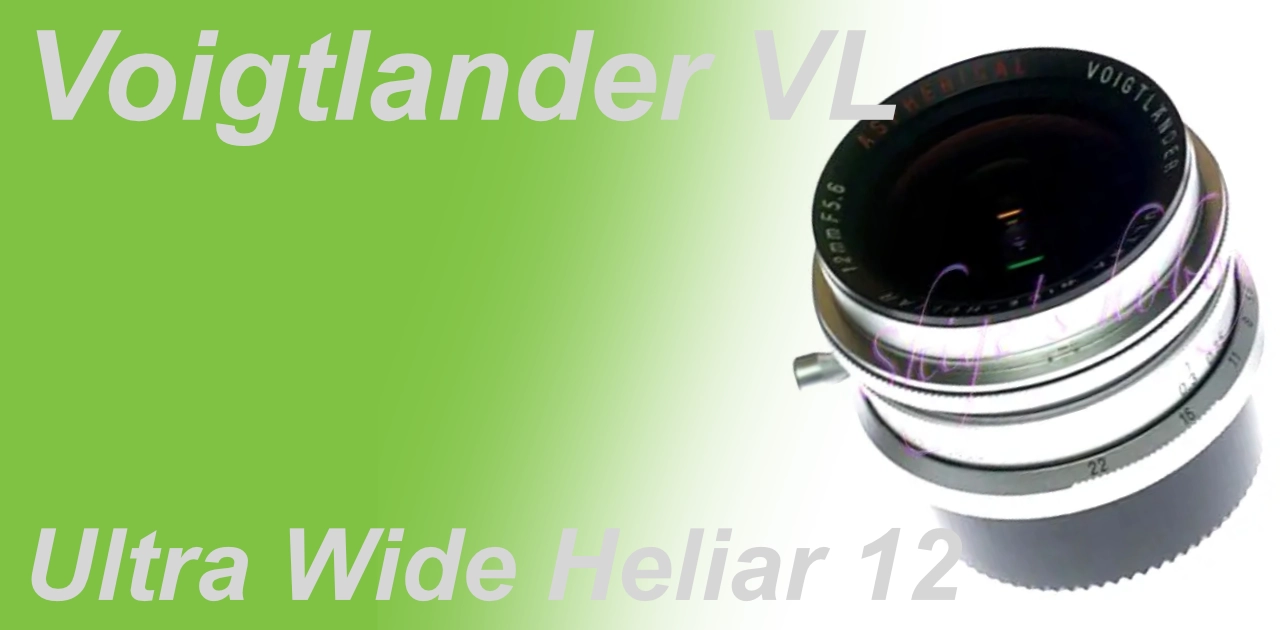
A review and Photo example of the Voigtlander Ultra wide Heliar 12mm F5.6 with the LEICA M8 and EPSON R-D1.
- Please see the disclaimer regarding advertising here.
- Italicized links in the text are advertisement links that take you to other sites.
Table of contents

Gallery
The sample photos were taken with the LEICA M8 and EPSON R-D1.
Review
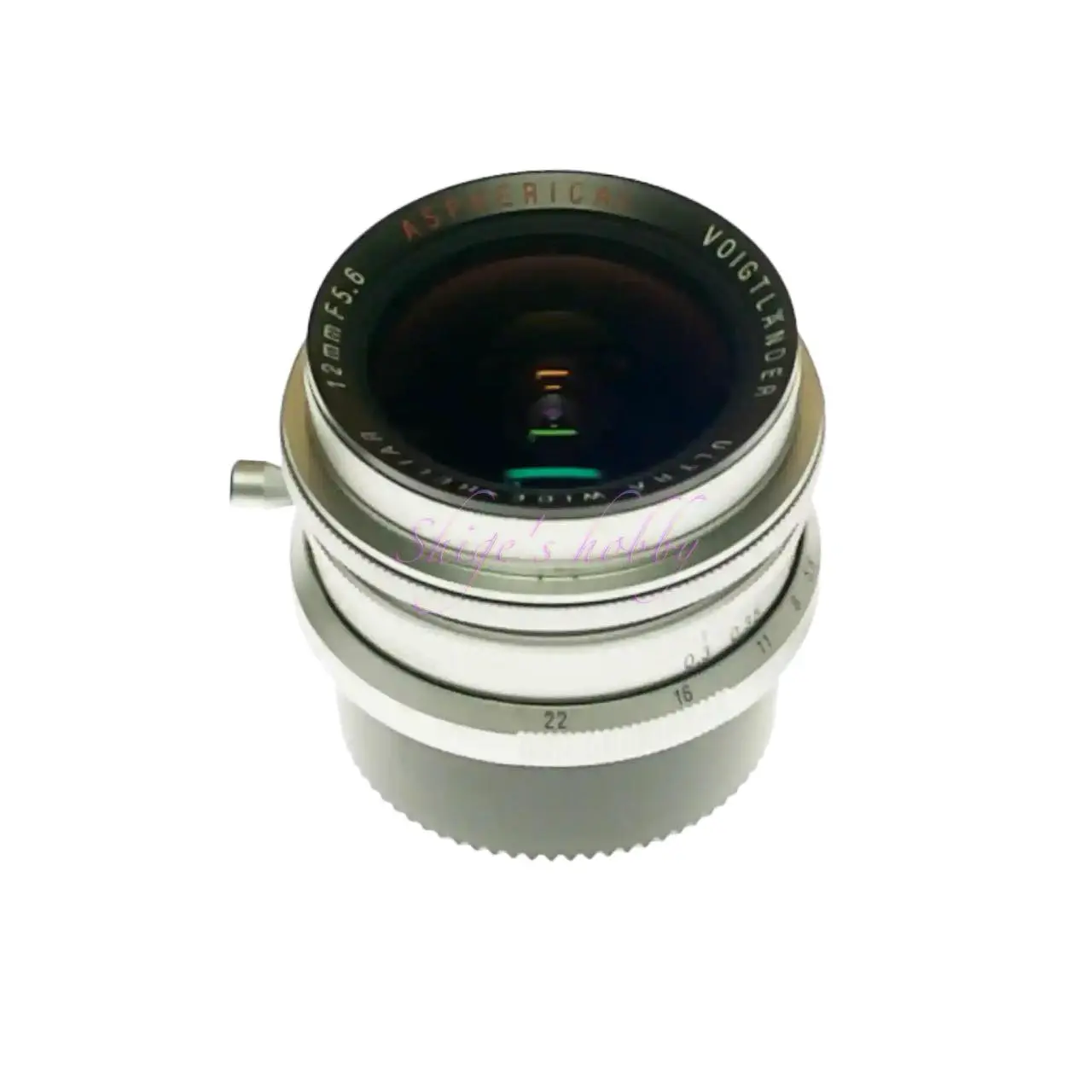
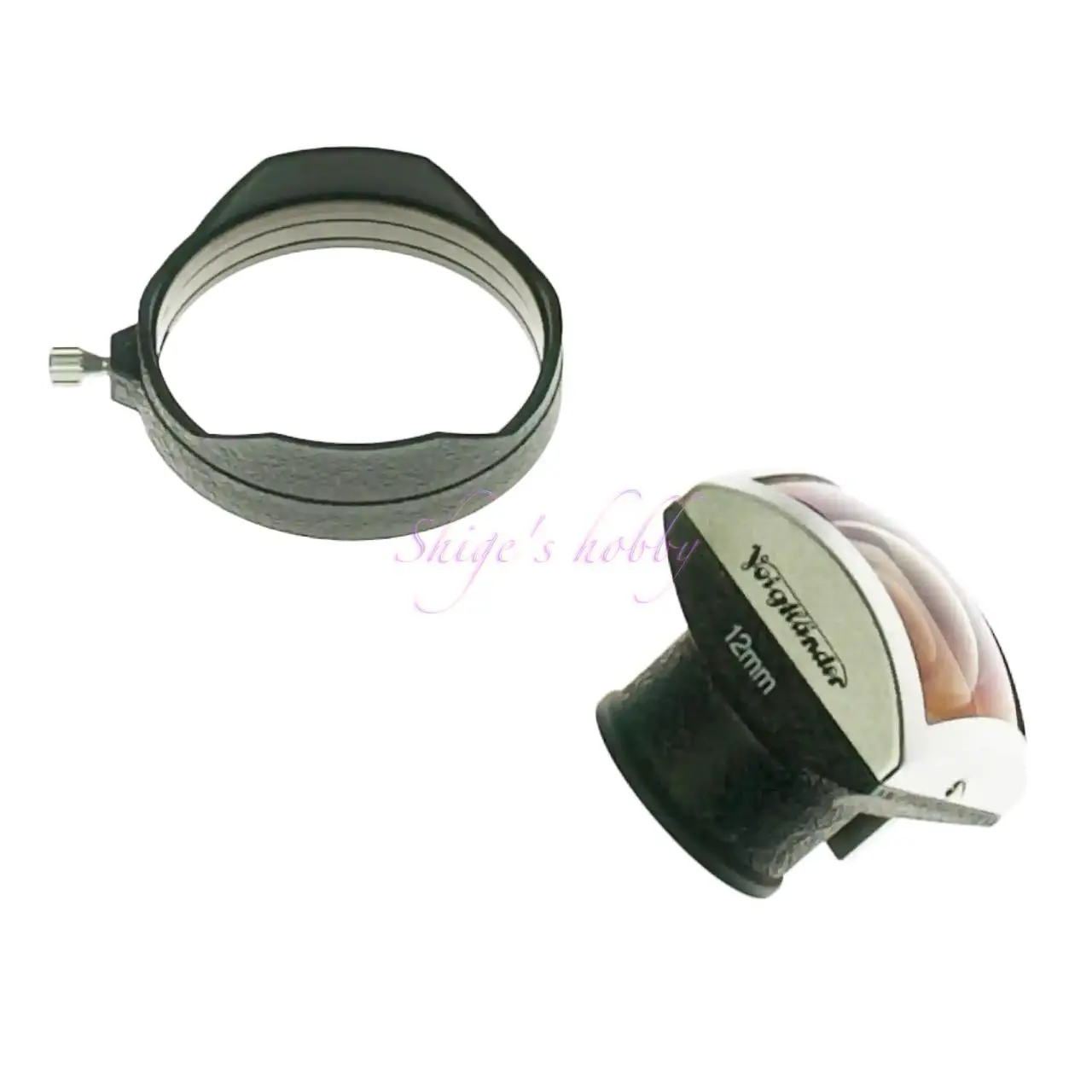
1.Overview
The ULTRA WIDE HELIAR 12mm L39 is an ultra-wide-angle lens with a focal length of 12mm.
The lens consists of 10 elements in 8 groups, and the minimum shooting distance is 0.3m.
The lens mount is a Leica L39 screw mount, but if you want to use it with a Leica M mount, you will need an M/L conversion ring.
This original 12mm lens does not work with the rangefinder of a rangefinder camera.
The total length of the lens is 38.2mm from the mount surface to the tip of the lens, and a 77mm filter can be attached by attaching the separately sold VOIGTLANDER FILTER ADAPTER FOR 12mm F5.6 to the front of the lens.
The hood that comes standard is painted with crepe.
2.Usability
The characteristic of the ULTRA WIDE HELIAR 12mm L39 is that it has little distortion, even though it is an ultra-wide-angle lens. However, peripheral light falloff is seen even in the results of shooting with an APS-C size sensor. This is also due to compatibility with the image sensor, and the results may be different with 35mm film.
As mentioned above, this is a lens that I have never used with 35mm format, and I used it with the EPSON R-D1 and LEICA M8.
The lens mount is an L39 screw mount, so it was attached to the camera via an L-M ring.
Since the sensor size of the LEICA M8 is smaller than that of the 35mm format, the shooting range is 12*1.33=16mm, so I adjusted the shooting range with the viewfinder of the HOLOGAN 16mm/COSINA ZEISS 15mm for CONTAX G.
The viewfinder of the HOLOGAN 16mm is not so good, but it has a spirit level, which was useful for ultra-wide-angle lenses.
The EPSON R-D1 has a shooting range of 12*1.5=18mm, so I used a CARL ZEISS 18mm finder. This finder is clear and looks good, and is one of the best wide-angle finders.
The lens and the rangefinder of the rangefinder camera are not linked, so you have to use eyeballing. However, since the lens has a dark aperture of F=5.6, I was not often out of focus when shooting by eyeballing the approximate distance. Since the first generation was used based on eyeballing, I often used it without a finder from below, such as for photos of cats.
When you zoom in closely, there are some photos that are out of focus, but if you zoom out, it’s not so noticeable. There is no problem with printing at the L size.
In addition, from the second generation, which is the VM mount of the ULTRA WIDE HELIAR 12mm, it was improved to link with the rangefinder of the rangefinder camera.
Still, when used with a mirrorless camera, modern high-performance EVFs mean that the presence or absence of a rangefinder coupling is no longer a concern, and precise focusing is possible.
Speaking of the LEICA M8, the use of UV/IR filters is an issue, but I had given up on using a UV/IR filter with this lens. Using the separately sold L39 version 12mm F5.6 filter adapter, the VOIGTLANDER FILTER ADAPTER FOR 12mm F5.6, would allow a 77mm filter to be attached to the front of the lens, but I did not purchase this adapter as it would ruin the compactness of the lens.
3.Summary
In conclusion, to sum up the ULTRA WIDE HELIAR 12mm L39 is a compact ultra-wide-angle lens. It is a prime lens with good distortion correction, so there are no problems in practical use. The maximum aperture of the lens is dark, so you need to be careful of camera shake in dark places.
It is sold at a low price second-hand, so it is a lens that allows you to easily enjoy the extraordinary focal length of 12mm.
Specification ,Study and more
The first 12mm was an L39 screw mount, but the second generation was changed to an M mount, and the third generation has been released. From the third generation, a SONY E mount version was also released, which has been improved to meet the digital age, such as shortening the minimum shooting distance and transmitting lens information to the camera. The minimum shooting distance of the VM version is also 0.5m.
In Cosina’s lens lineup, the VM mount version is positioned as a general-purpose lens from the Leica M camera. This is intended to be used with minor mirrorless cameras that are not sold enough to make a dedicated mount via a mount adapter.
This is a situation that many people would not have imagined that the M mount, which was a solitary mount in the SLR era, would establish a position as a universal mount.
As of 2024, the 12mm focal length lens has been discontinued, and Voigtlander’s wide-angle lenses are limited to two lenses with a focal length of 10mm: the Heliar Hyper Wide 10mm and the Super Wide Heliar 15mm.
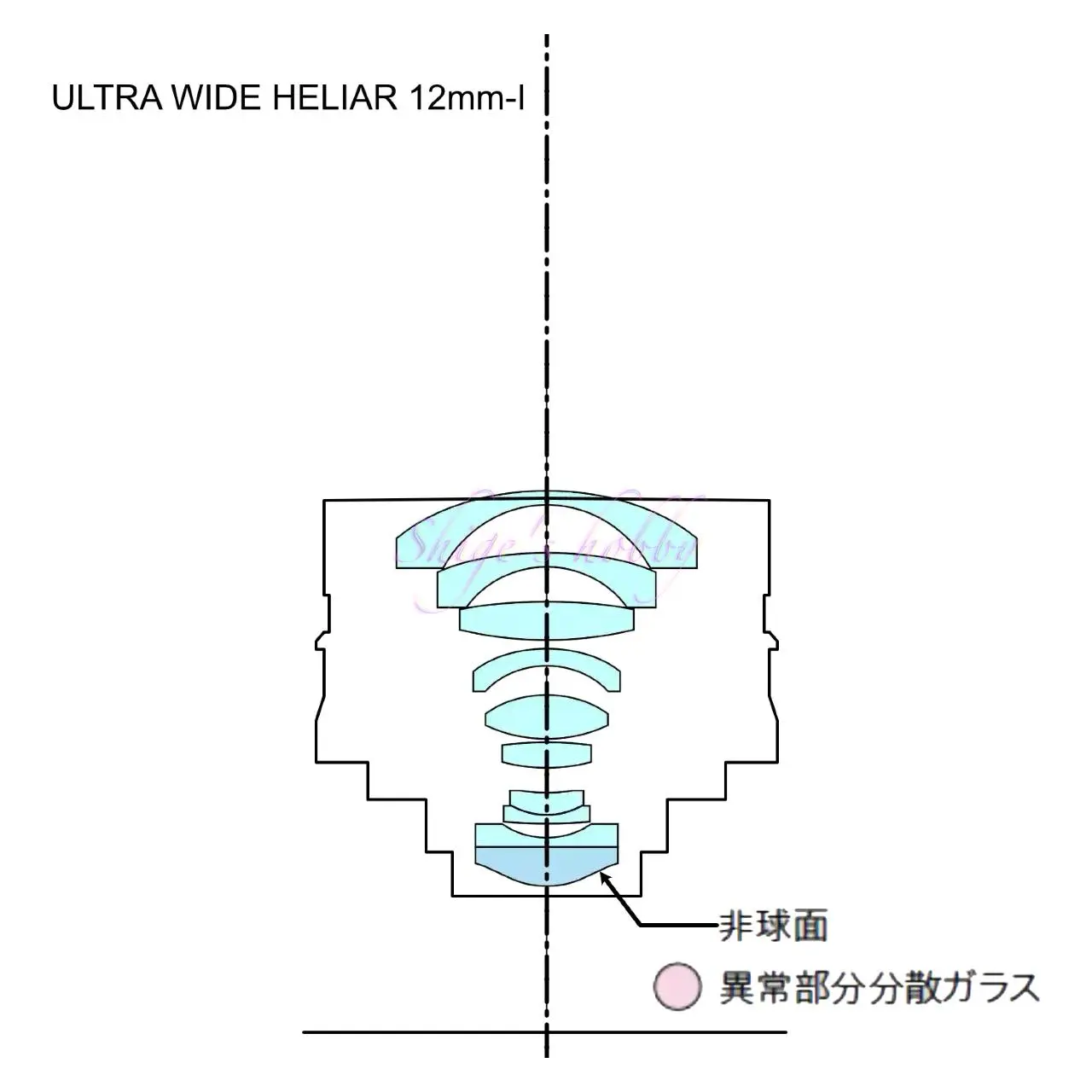
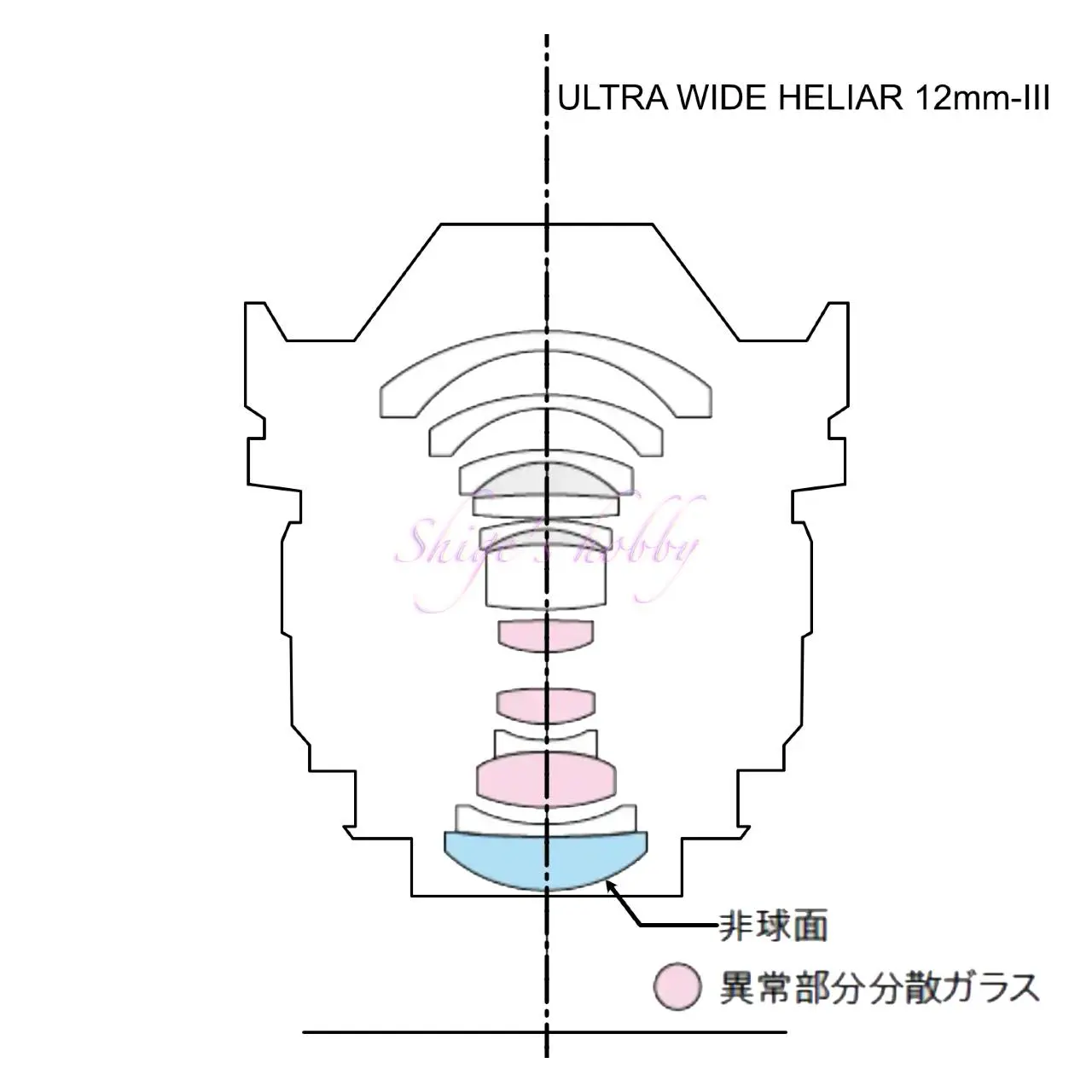
| Items | Ultra wide Heliar 12mm 1st | Ultra wide Heliar 3rd | HELIAR HYPER WIDE 10mm |
| Focal length(mm) | 12 | ← | 10 |
| Max aperture | 5.6 | ← | ← |
| Min aperture | 22 | ← | ← |
| Leaf blade | 9 | 10 | ← |
| Lens Construction | 10 elements in 8 groups 1 aspherical lens | ||
| Min distance(m) | 0.3(Distance meter not linked) | ← | ← |
| Mount | L39 Screw | M | M |
| Lens length(mm) | 38.2 | 58.4 | 58.7 |
| Lens diameter(mm) | 50.5 | 64.8 | 67.8 |
| Filter Size(mm) | 77mm when using filter adapter (sold separately) | – | – |
| Hood | Special hood | ← | ← |
| Weight(g) | 162 | 283 | 312 |
| Release date | 2000/9 | 2016.9 | 2016.7 |
| Price(Yen/No-tax) | 105,000(Silver)/108,000(Black) | 115,000 | 135,000 |
Reference links
- COSINA old product PDF
- Voigtlander ULTRA WIDE HELIAR 12mm・Product PDF・WebArchive
- Voigtlander ULTRA WIDE HELIAR 12mm VM II&III・Product PDF・WebArchive
Update history
- 2024.04.02:modified article
- 2023.09.07:firest post
Afiliate Link
- Please see the disclaimer regarding advertising here.
- Italicized links in the text are advertisement links that take you to other sites.
- Voigtlander Lens・Ads by Amazon
- Voigtlander Books・Ads by Amazon

Leave a Reply